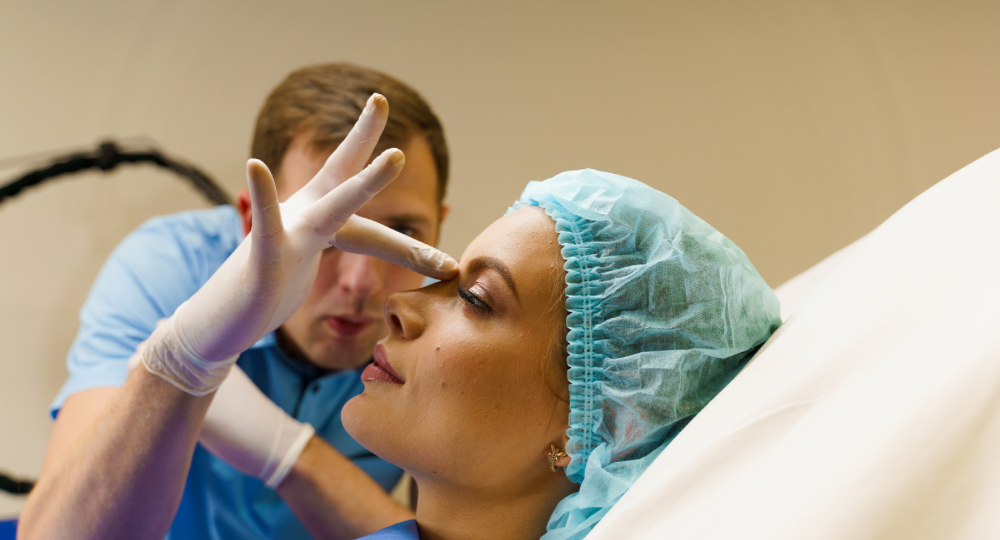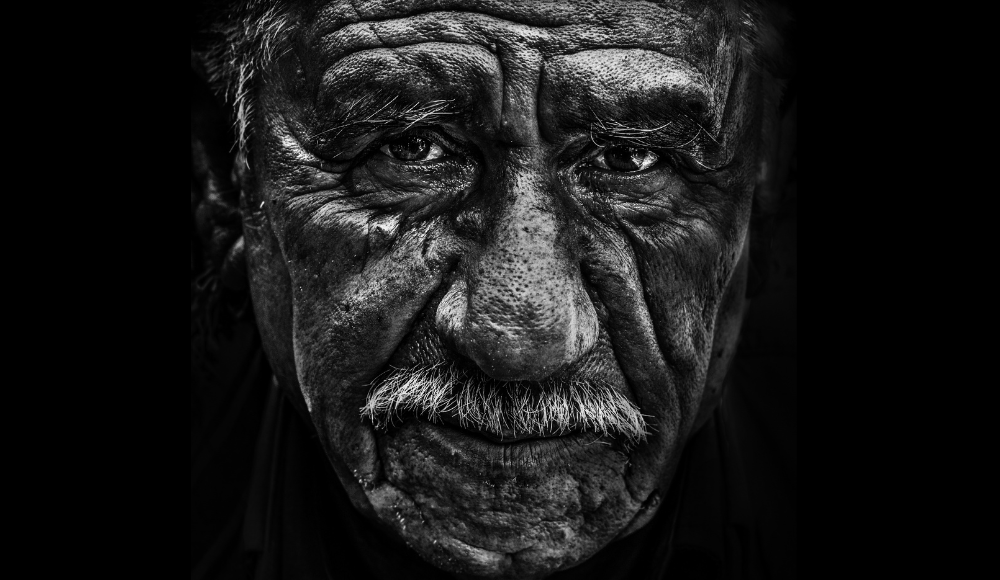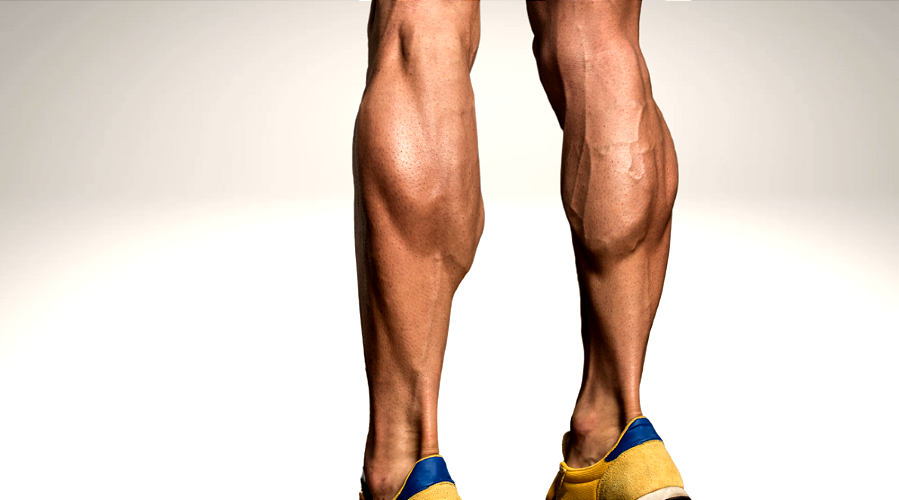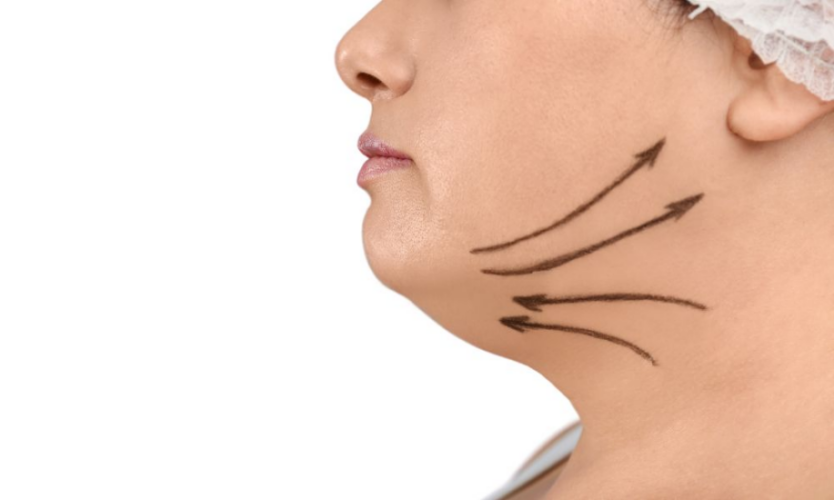A saddle nose deformity can significantly impact both the aesthetics and functionality of the nose, affecting an individual’s confidence and breathing. In this article, we explore the intricacies of saddle nose deformity correction surgery, shedding light on the procedure’s purpose, process, and the positive changes it can bring to one’s appearance and overall well-being.
A saddle nose deformity occurs when there is a loss of nasal bridge height, leading to a concave or flattened appearance. This can result from trauma, previous nasal surgeries, congenital conditions, or diseases affecting the nasal structure.
Saddle nose deformity correction surgery, also known as rhinoplasty or septorhinoplasty, aims to restore the natural contours of the nose. Beyond cosmetic improvement, the procedure addresses functional concerns, enhancing both form and function.
If considering a surgical procedure:
1. Consultation and Assessment: A comprehensive consultation with a skilled surgeon is crucial to evaluate the extent of the deformity, discuss individual goals, and determine the most suitable approach for correction.
2. Anesthesia and Incisions: The surgery is typically performed under general anesthesia. The surgeon may make incisions inside the nostrils (closed rhinoplasty) or include a small external incision (open rhinoplasty), depending on the complexity of the case.
3. Grafting and Reshaping: Cartilage grafts, often harvested from the septum or other sources, are used to rebuild and support the nasal bridge. The surgeon carefully reshapes the nasal structure, creating a harmonious and natural-looking result.
4. Closing Incisions: Once the corrections are made, the incisions are closed with precision. Swelling and bruising are expected initially but gradually subside over time.
Recovery and Aftercare:
After saddle nose deformity correction surgery, patients are advised to follow post-operative care instructions diligently. Swelling and discomfort are common in the early stages, and patients should avoid strenuous activities during the initial recovery period.
Benefits: Beyond the physical transformation, individuals who undergo saddle nose deformity correction often report improved breathing, restored facial balance, and a boost in self-confidence. The procedure not only enhances appearance but also addresses functional aspects, contributing to an overall sense of well-being.
Saddle nose deformity correction surgery is a transformative journey toward restoring facial harmony and function. If you’re considering this procedure, consulting with an experienced surgeon is essential. Take the first step toward a more balanced and confident you.







